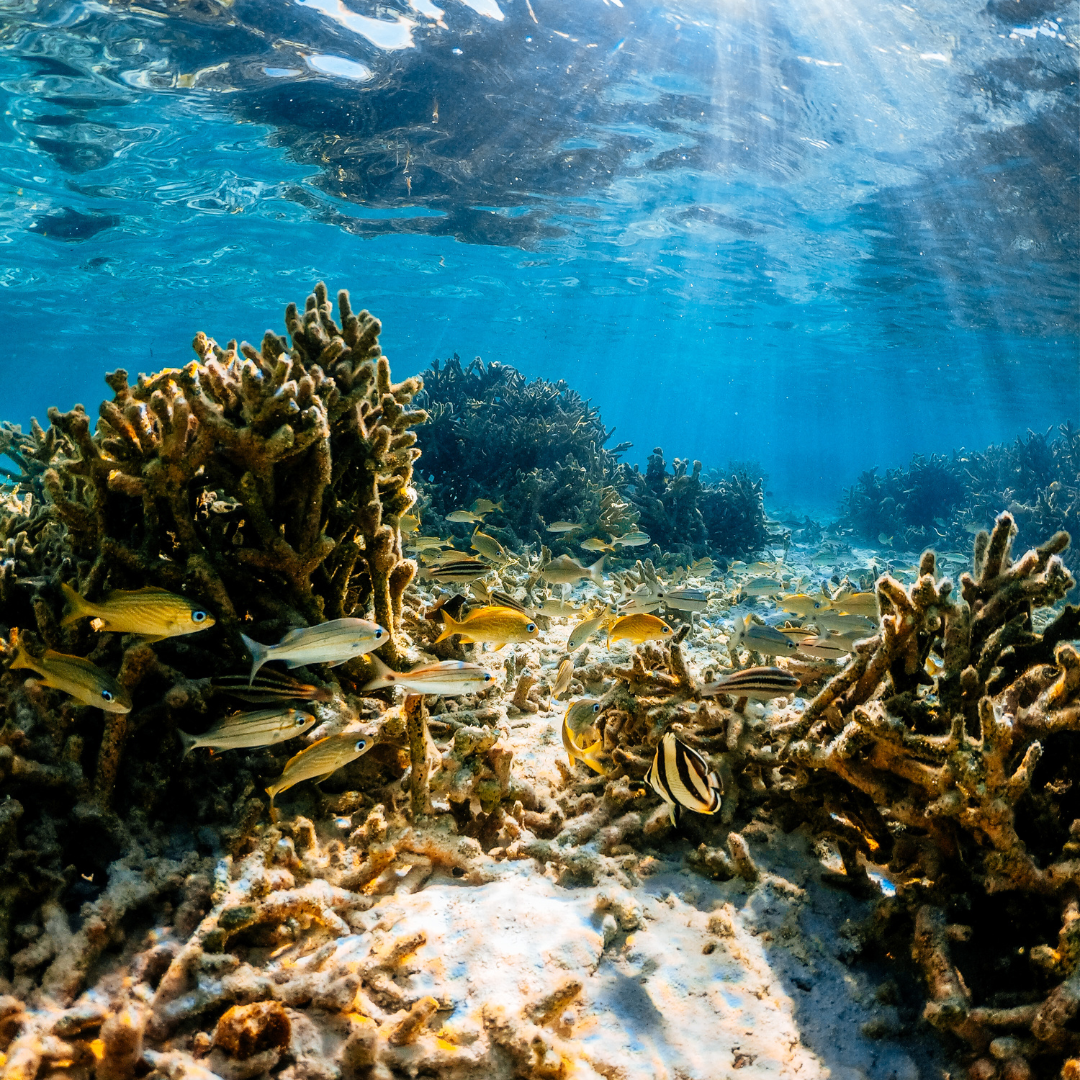There are many different sources of Type 1 collagen, from bovine to porcine, marine and fish. The collagens available on the market today all vary greatly in their quality, the suitability of their source, manufacturing and processing methods. Important factors like biocompatibility, safety, availability and ethical considerations influence the applications for these different collagens.
FISH-SCALE COLLAGEN RESEARCH
There is ongoing research and development in the field of biomedical engineering and regenerative medicine involving the use of fish scales, including the tilapia, in skin grafts.
Collagen derived from fish scales has shown promising results in various biomedical applications, including wound dressings and tissue engineering. These fish scale-based materials can provide a scaffold for cell growth and promote tissue regeneration.
The specific use of tilapia fish scales in skin grafts involves the isolation of collagen from the scales, which can then be processed and applied to facilitate the healing and regeneration of damaged or burned skin.
In one study using Tilapia fish skin on outpatients with partial-thickness burns, there was shown to be a decrease in reepithelialisation time (the resurfacing of the wound with new skin), a decrease in dressing changes, and an improvement burn-related pain, when compared to patients without this treatment(1).
BENEFITS OF FISH-SCALE COLLAGEN
Some of the potential benefits associated with collagen derived from fish scales, including Tilapia, include:
- Wound Healing - Collagen is a key component of the extracellular matrix, which plays a crucial role in wound healing. Collagen derived from fish scales provides a supportive scaffold for cell growth, aids in the formation of new blood vessels, and promotes tissue regeneration.
- Biocompatibility - Collagen derived from fish scales, including Tilapia, is considered biocompatible, meaning it is well-tolerated by the human body and has a low risk of adverse reactions. This biocompatibility is an important factor when considering materials for medical applications.
- Source of Type I Collagen - Type I collagen is the most abundant type of collagen found in human skin and is a primary component of the dermis. Fish scales are a source of type I collagen, which can be used in medical and cosmetic applications that require this specific collagen type.
- Sustainability - Tilapia is a widely farmed and commercially important fresh-fish species. Utilizing the fish scales as a source of collagen can contribute to reducing waste and promoting sustainability in the fish processing industry. The Tilapia fish scales used in our Pure Fish Collagen, are fresh water-farmed in the pristine Hubei province in China.
PURE FISH HYDROLYSED TYPE 1 COLLAGEN
Our Pure Fish Collagen has the lowest molecular weight of any type 1 Collagen available on the market, making it the most bioavailable collagen you can find and completely biocompatible.
Sourced from pristine farming areas, 1000s of years old, the eco-minded aquaculture in China promises sustainable and regenerative farming.
This unpolluted and natural farming yields a collagen with the highest Glycine content out of all collagens on the market today.
WHY FRESH-WATER FISH COLLAGEN?
At My Beauty Luv we are fierce about ethically sourced ingredients – especially when it comes to animal-derived ingredients.. We prefer fresh water over marine collagen due to the improved sustainability and regenerative farming practices employed, particularly in the Hubei province where our Pure Fish Collagen is sourced.
- Lima Júnior EM, de Moraes Filho MO, Costa BA, Fechine FV, Vale ML, Diógenes AKL, Neves KRT, Uchôa AMDN, Soares MFADN, de Moraes MEA. Nile Tilapia Fish Skin-Based Wound Dressing Improves Pain and Treatment-Related Costs of Superficial Partial-Thickness Burns: A Phase III Randomized Controlled Trial. Plast Reconstr Surg. 2021 May 1;147(5):1189-1198. doi: 10.1097/PRS.0000000000007895. PMID: 33890902.





